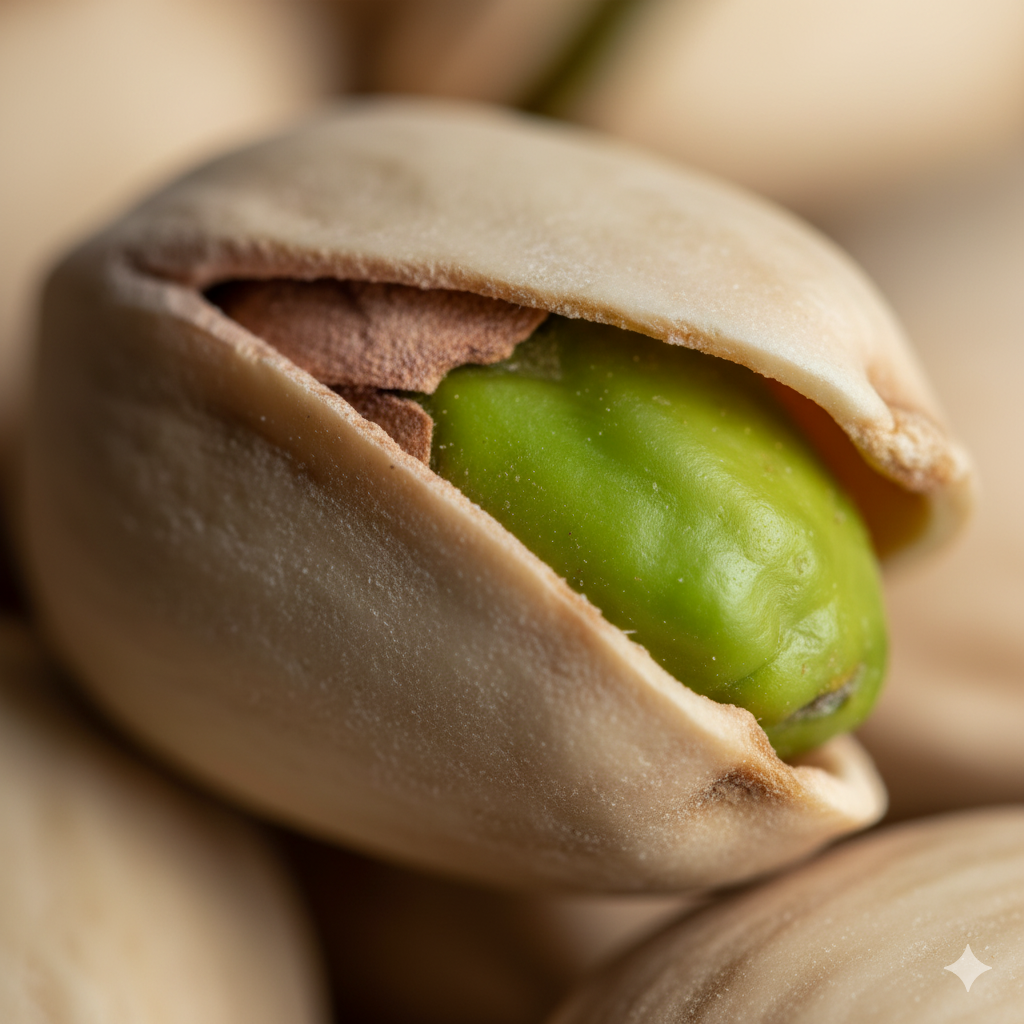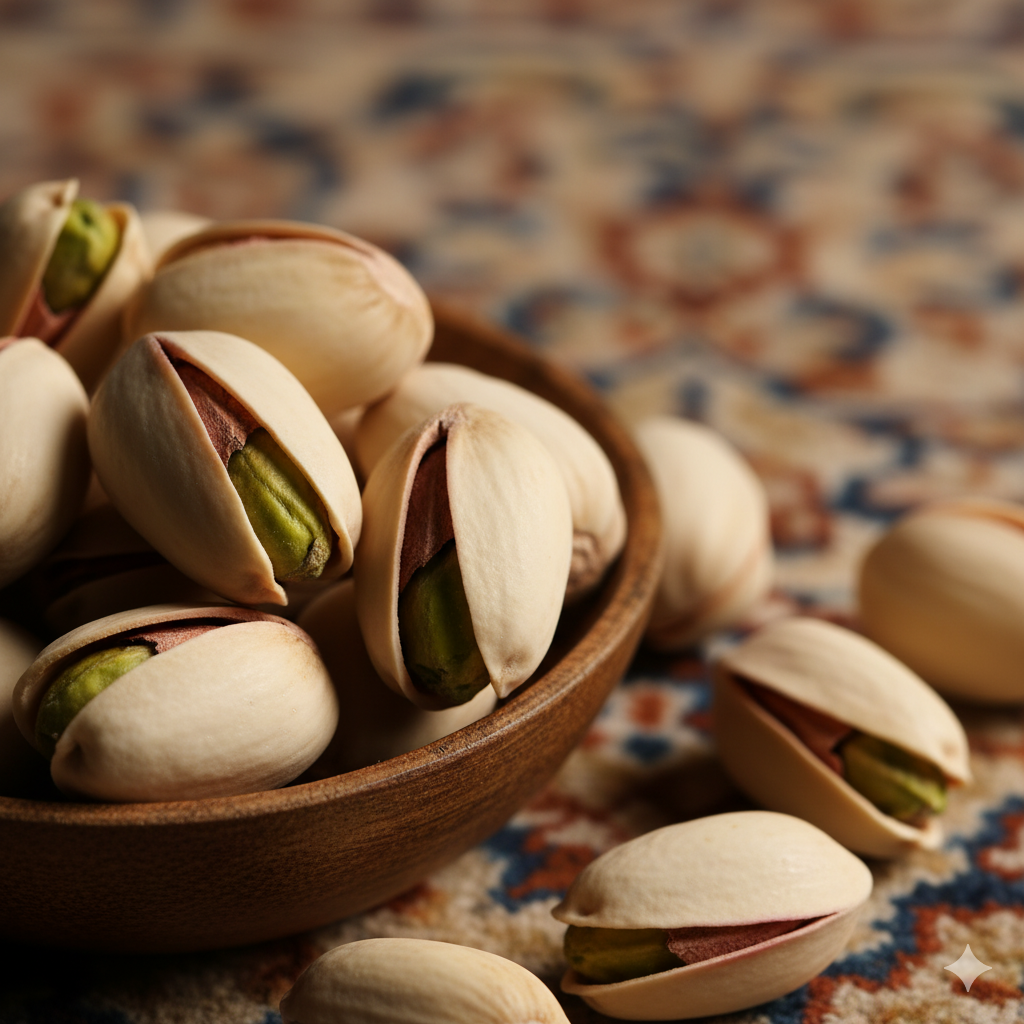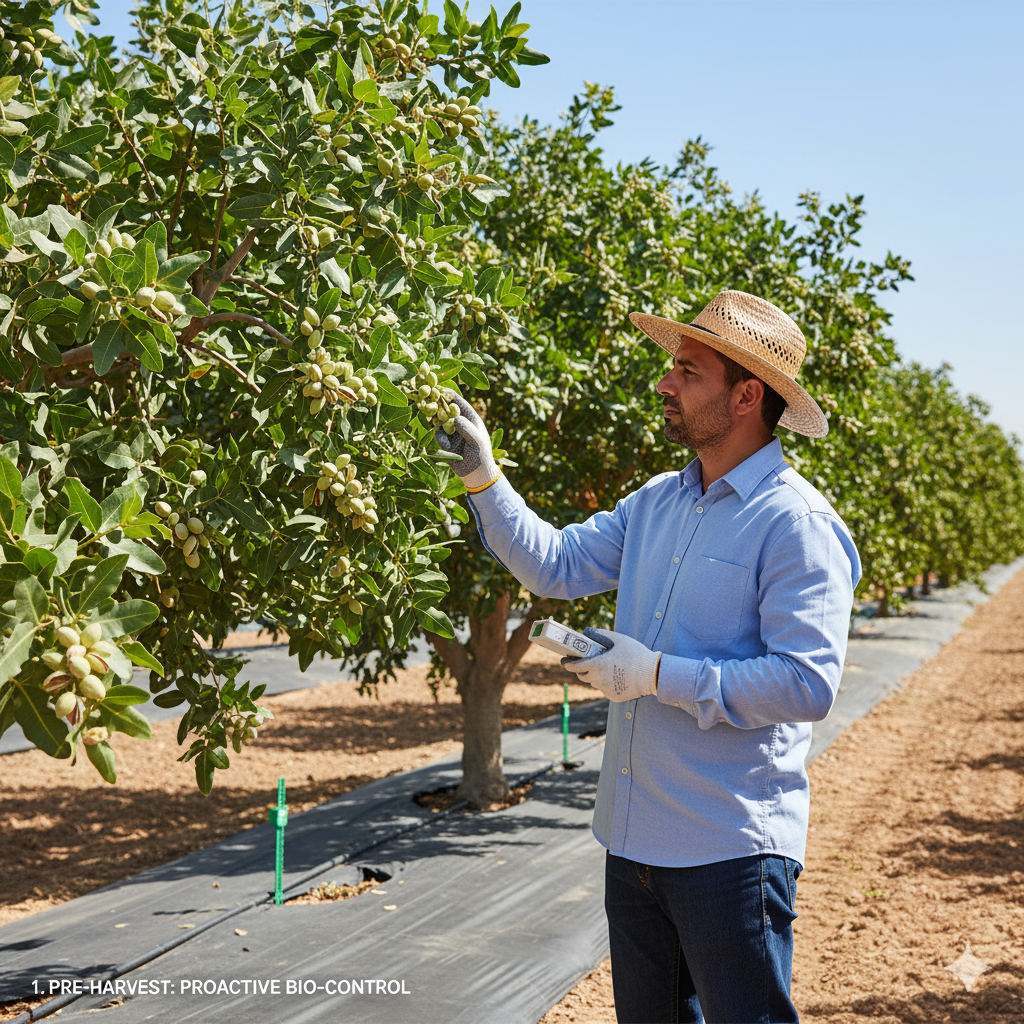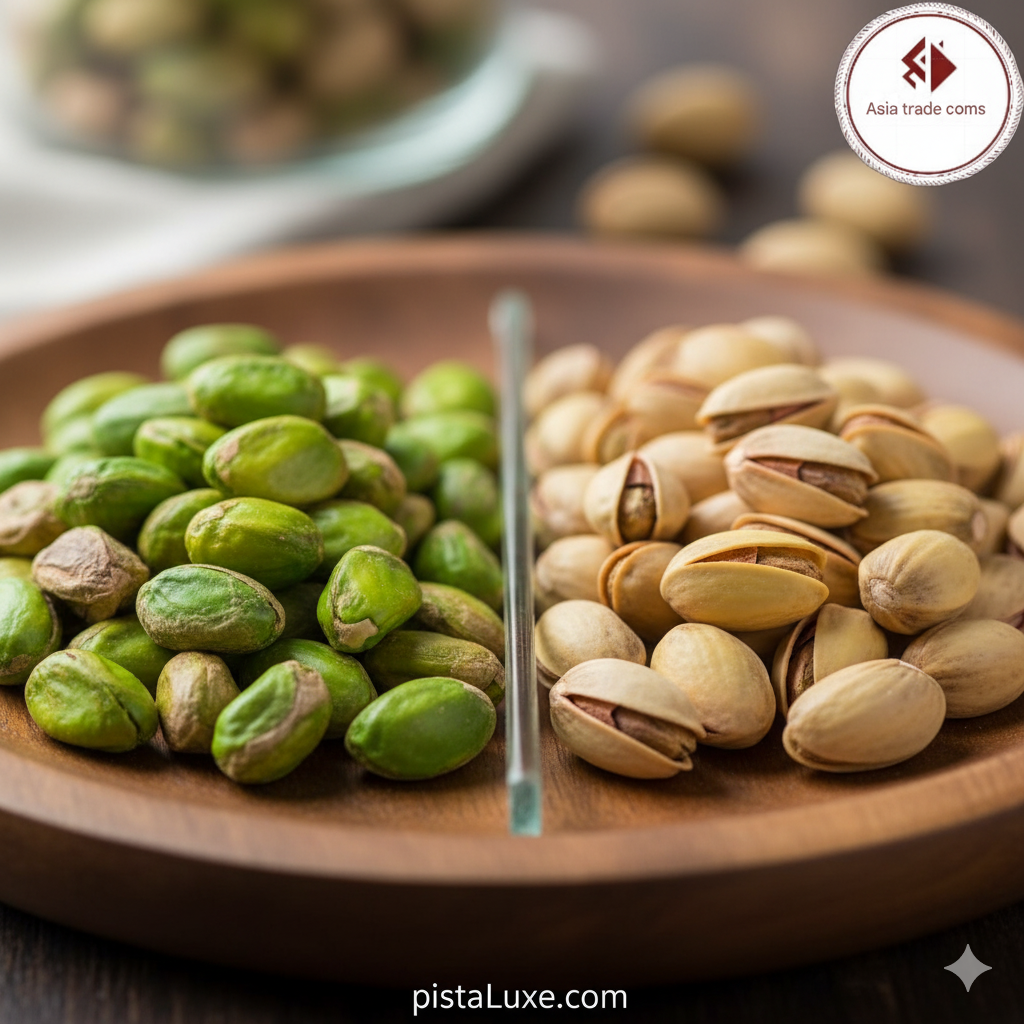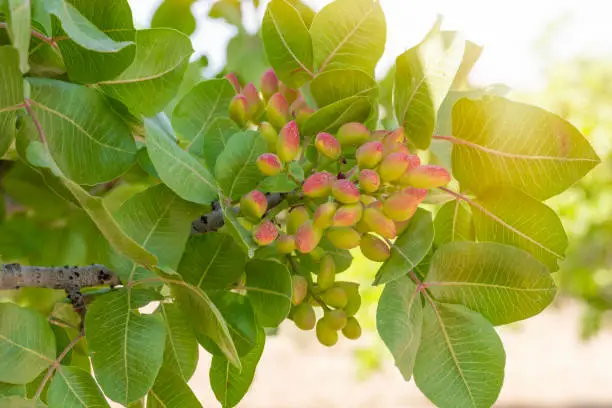
Pistachio yield, pistachio productivity, nut production, orchard efficiency, harvest optimization, crop management, sustainable farming
Article Body:
Achieving high and consistent yields in pistachio farming is a blend of horticultural science and meticulous orchard management. While pistachio trees are naturally hardy, several strategic interventions can significantly enhance their productivity and the quality of their valuable nuts.
Pollination Efficiency:
Effective pollination is paramount for a good pistachio crop. Ensuring the correct male-to-female tree ratio and proper placement within the orchard is crucial. Wind is the primary pollinator for pistachios, so open spaces and good air circulation around the trees are beneficial. In some cases, supplementary pollination techniques can be employed to boost fruit set.
Nutrition and Fertilization:
Pistachio trees have specific nutritional requirements that change throughout their growth cycle. Soil testing is essential to determine nutrient deficiencies, allowing for targeted fertilization. Balanced application of nitrogen, phosphorus, and potassium, along with micronutrients like zinc and boron, can support vigorous growth and optimal nut development. Over-fertilization, particularly with nitrogen, can lead to excessive vegetative growth at the expense of nut production.
Water Management:
Although drought-tolerant, strategic irrigation plays a vital role in maximizing yield, especially during critical periods such as bloom, nut fill, and hull split. Implementing efficient irrigation systems, such as drip irrigation, minimizes water waste and delivers water directly to the root zone, ensuring that trees receive adequate moisture without oversaturation. Monitoring soil moisture levels helps to apply water precisely when and where it is needed.
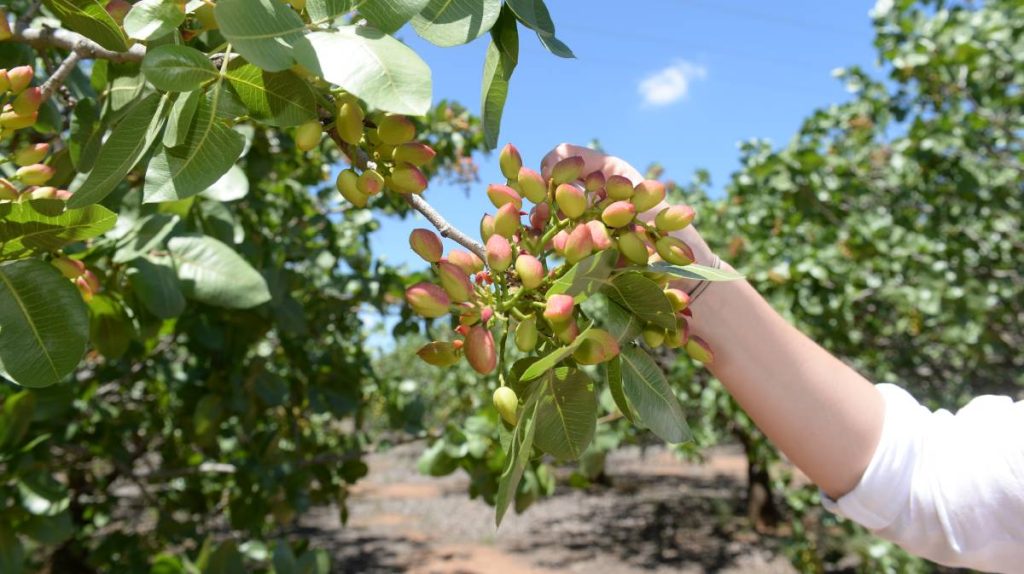
Pest and Disease Control:
A proactive approach to pest and disease management is crucial to protect crop potential. Regular scouting for common pistachio pests (e.g., navel orangeworm, pistachio psyllid) and diseases (e.g., Verticillium wilt) allows for timely and effective interventions. Integrated Pest Management (IPM) strategies, which combine biological, cultural, and chemical controls, are often the most sustainable and effective.
Pruning and Training:
Proper pruning techniques enhance light penetration and air circulation within the tree canopy, promoting healthier growth and more uniform nut development. Training young trees to a strong framework supports future heavy loads of nuts. Regular removal of dead or diseased branches also contributes to overall tree health and productivity.
By implementing these strategies, pistachio growers can optimize their orchard’s efficiency, leading to higher yields of premium-quality pistachios and a more sustainable farming operation.
For purchasing various dried fruits and nuts, please contact Mr. Ravanshad on WhatsApp at: 00989214773705


